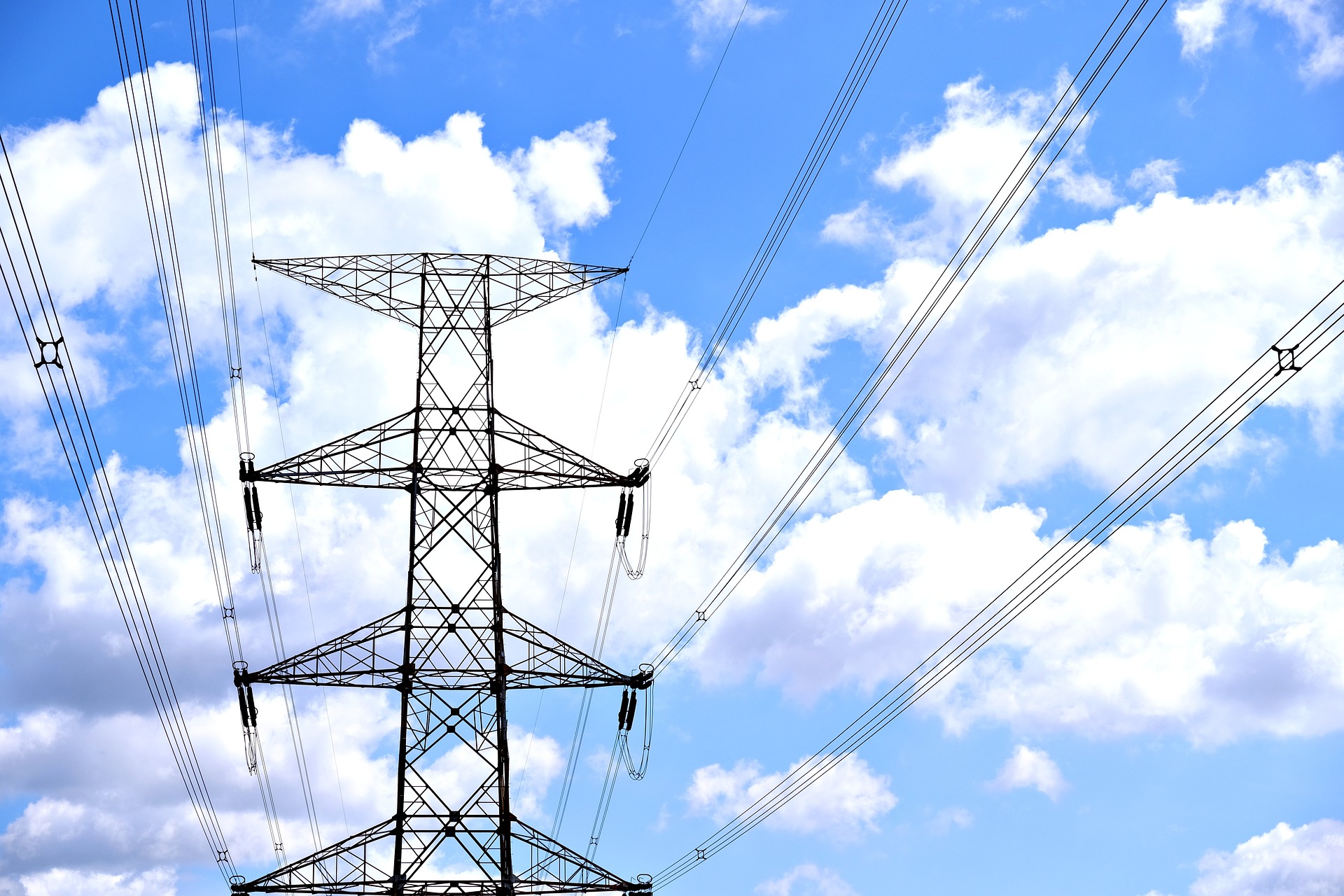Unveiling the Potential of Fixed Wireless Access: Transforming the Internet and Telecommunications Landscape
The dawn of the digital age has sparked a relentless quest for faster, more reliable internet connectivity. Amidst a myriad of emerging technologies, Fixed Wireless Access (FWA) emerges from the shadows. While not a new concept, its potential to revolutionize the internet and telecommunications industry is significant and deserves attention.

The Genesis of Fixed Wireless Access
FWA is a type of wireless broadband data communication, which is performed between two fixed locations—such as buildings or towers—connected through fixed wireless access devices and equipment. Emerging in the early 1990s, FWA aimed to provide broadband internet access in areas where it was hard to lay cables. Despite its early promise, it remained largely overshadowed by other technologies due to limitations in technology and network infrastructure at the time.
Fixed Wireless Access in Today’s Context
In today’s context, FWA is garnering renewed interest, driven by advancements in wireless technologies. With the proliferation of high-capacity networks, FWA has the potential to provide high-speed internet connectivity in urban, suburban, and rural areas alike. The rise in remote work and online activities further fuels the demand for reliable, high-speed internet— a demand that FWA is well-positioned to meet.
The Impact of Fixed Wireless Access
The impact of FWA is far-reaching. For businesses, it provides a cost-effective alternative to traditional wired connections, offering high-speed connectivity without the need for expensive infrastructure. For consumers, it opens up new possibilities for high-speed internet access, particularly in areas underserved by traditional broadband. However, it’s not without its challenges. Interference from physical obstructions, weather conditions, and other wireless devices can affect signal strength and reliability.
Fixed Wireless Access: A Look Towards the Future
FWA’s potential hinges on continuous technological advancements and regulatory support. As technologies like beamforming and millimeter-wave bands continue to evolve, the performance and reliability of FWA are set to improve. Simultaneously, favorable regulatory changes, such as the allocation of more spectrum for FWA, could further fuel its growth.
The Untapped Potential of Fixed Wireless Access
In conclusion, while FWA is not a new technology, its potential to transform the internet and telecommunications landscape is significant. As we continue to navigate the digital age, FWA could play a vital role in shaping our connected future. The key will be to harness its potential effectively while overcoming the challenges it presents. As the quest for faster, more reliable internet continues, the spotlight on FWA is set to shine brighter.




